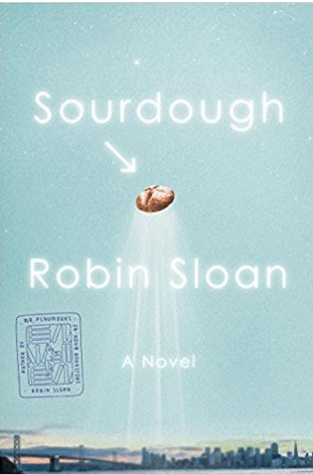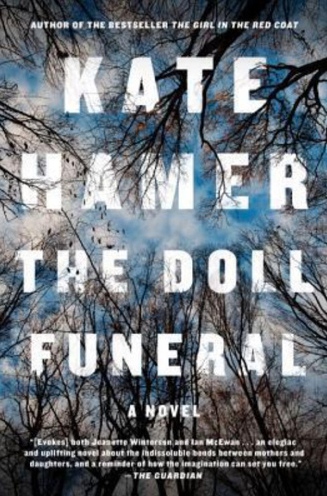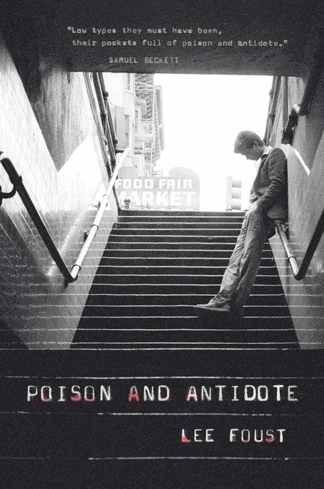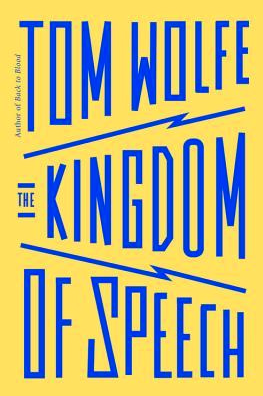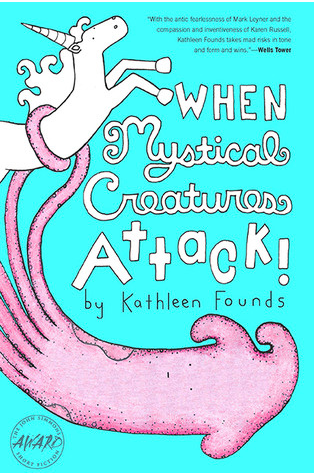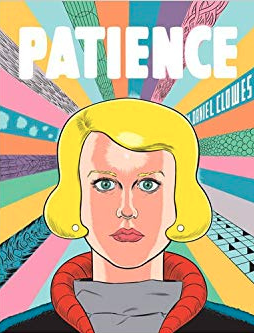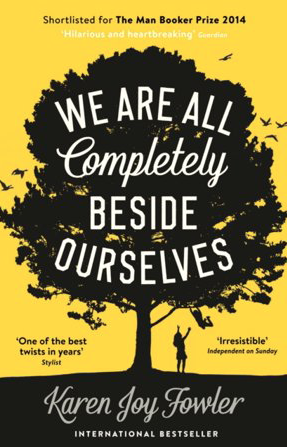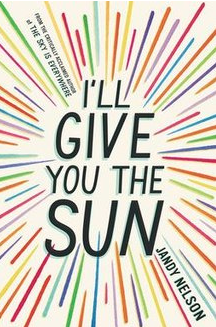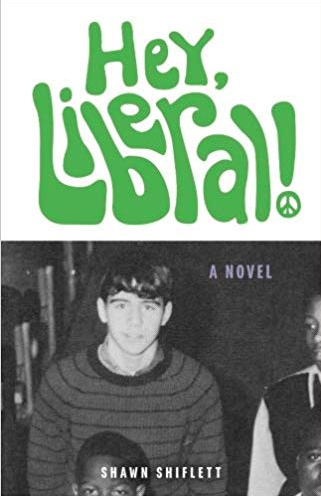Sourdough
Sourdough by Robin Sloan is a high-stakes story about baking sourdough bread. While definitely strange-sounding, it actually isn’t too far from the truth. Within a short novel, Sloan managed to create a fast-paced story that skillfully kneads magical realism, actual science, and a heart-warming story into a filling meal.
The story follows Lois Clary, a software engineer, who gets into the habit of baking sourdough bread after the owners of her favorite restaurant are deported. The restaurant’s owners, Beoreg and Chaiman, left Lois with a sourdough starter that has been in their family for generations. For those of you who aren’t bread connoisseurs (I know I’m not), a sourdough starter is a mix of wild yeast, flour, and water that won’t die as long as you continue to feed it; essentially it’s what makes sourdough sour. But unlike normal starters, Lois’ starter is rather moody and otherworldly. It needs to listen to unidentifiable foreign music, can’t be treated roughly, and emits glowing lights when in a good mood. Strange.
That’s about as far as the magical realism in the story goes, and honestly, it didn’t need to go any farther. The rest of the magic comes from the science that appears throughout the novel. Like I said earlier, Lois is a software engineer at a robotics company in San Francisco. When her bread becomes a huge hit at work and she’s recommended to try out for one of the city’s many farmers markets, she ends up at the Marrow Fair. There, science and food collide with LED grown produce, laser-roasted coffee beans, honey made from radioactive bees, and bacteria-produced Lembas bread (yes, like the kind from The Lord of the Rings).
Sloan has the ability to combine science with fiction in a way that seems totally plausible. You could tell me that all the science and history in both of his novels are completely fiction and a part of me would honestly be sad. His ability to make the reader believe in his words that is perhaps the most incredible part of his work. As readers, there’s a certain level of suspended disbelief that we will always carry. But with Sourdough, no matter how impossible the science might seem, there never seems to be a reason to suspend it in the first place.
While the main story of this novel focuses on Lois and the Marrow Fair, one of my favorite aspects are the little emails sent to Lois by Beoreg, the restaurant owner. In those emails, we learn more about the mysterious Mazg people he and his brother hail from and his own family history, the tone of which remind me of bedtime stories told to me as a child. And with just one side of the conversation, Sloan managed to create a naturally progressing relationship between Beoreg and Lois that doesn’t feel forced or rushed.
Sourdough is a beautifully written book that appeals to the child-like wonder we all still hold as adults. If you’re a fan of tech, food, and strong female characters, this is the book for you. If you’re a fan of books that leave you quietly smiling as you turn the last page, then it’s definitely the book for you. But just a warning, this book will definitely leave you a bit hungry!
Reviewed by Celeste Paed
MCD Farrar, Straus and Giroux
Published on September 5th 2017
ISBN: 978-0374203108
272 pages
August 07, 2018

